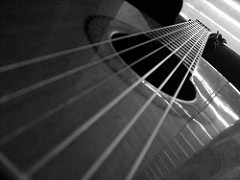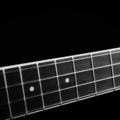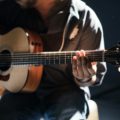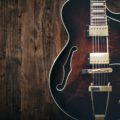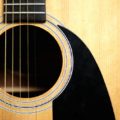Have you ever been inspired Inspired by nature - Artist Robert Tucker talks about himself and his artist experience in this exclusive article. Inspired by nature The glorious portal of a new year is again upon me. My mind has wondered since the start of 2008 as to which direction my creative self will take. For me a torrent of feelings were released in… to learn how to play the guitar How exactly to Learn to have fun with the Guitar - If you're wondering how to learn to have fun with the guitar, let me assure you there are several ways for you to master this skill. You can opt for the traditional method – private guitar lessons. You can enroll in guitar summer classes or workshops in your area. Reading instructional music books and chord… immediately after witnessing an incredible concert performed by a renowned rock band The Invictas are back - Bruce Atchison is one of my (no more available Yahoo Group) best members and he wrote this great article. Bruce is a legally blind freelance writer and the author of two books, When a Man Loves a Rabbit (Learning and Living With Bunnies) and Deliverance from Jericho (Six Years in a Blind School). The first… ? Have you ever had the strong desire to pick up the guitar and create beautiful music straight from your soul? Undoubtedly, many people feel this way because music has a profound impact on their daily lives. I would say that the guitar is one of the most popular musical instruments found in almost every corner. However, if you aspire to become proficient in this instrument, you must put in a great deal of effort and dedication.
The first fundamental chords that you should learn are the C, A, G, E, and D major guitar chords. Once again, these are essentially the simplest and easiest guitar chords that you can encounter. These chords will help you develop strength and dexterity in your hands and fingers as you play along. Interestingly, once you are familiar with these guitar chords, you will be able to play many popular songs that you will undoubtedly enjoy.
When you are learning to play a chord, it is important to understand how to read a chord diagram. To explain this to you, the guitar chord diagram consists of six vertical lines that represent the six strings. The horizontal lines represent the frets, except for the topmost line, which represents the head of the guitar. You can find these diagrams in any music book, usually located at the back. The darkened dots (or filled dots) in the diagram indicate which fret and string you should place your fingertips on. The unshaded dots (or empty dots) indicate that you should play the open string, which means the string is strummed without being pressed down on the fretboard.
You may also come across diagrams that display numbers along with the black dots, indicating which finger to use when pressing a string. So, figure 1 (1) represents your index finger, 2 (2) represents your middle finger, 3 (3) represents your ring finger, and finally, 4 (4) represents your pinkie finger. Once you become accustomed to reading these diagrams, it will be exciting for you to explore guitar chords.
Lastly, it is important to remember that guitar chord diagrams are the most valuable tools to help you learn new guitar chords, chord progressions, and the rhythmic elements of any music. Your ability to effectively learn and study guitar chord diagrams does not require you to understand music notation. So, have confidence in your ability to easily learn how to play the guitar, at least the basics, in a short period of time. Eventually, you will be able to play great tunes for your friends during social gatherings.
Manuel Marino is a seasoned Senior Producer, Music Composer, and Artist with over a decade of experience. He specializes in branded entertainment across various mediums, including video games, films, and advertising campaigns. With 20+ years as a game music composer, Manuel has worked on numerous platforms, creating diverse orchestral soundtracks. HIRE ME
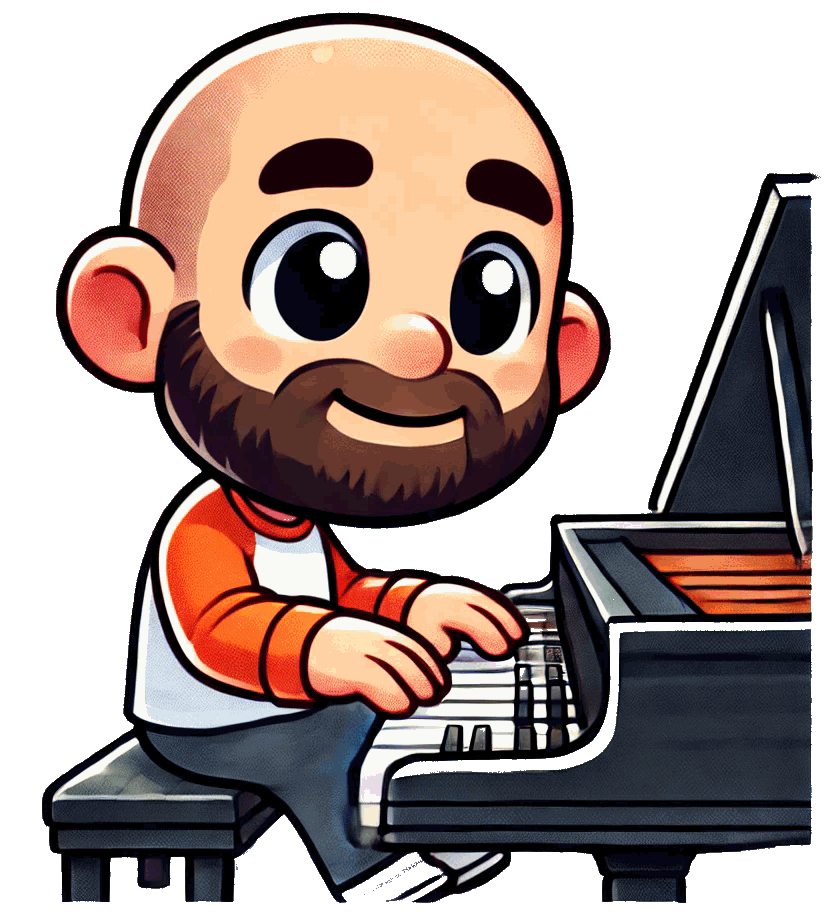

 Manuel is a passionate, driven, and techsavvy AV technician,
Manuel is a passionate, driven, and techsavvy AV technician, 